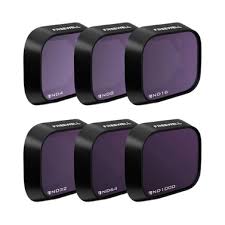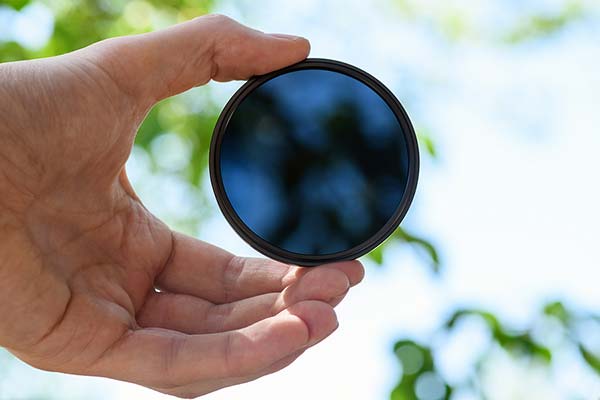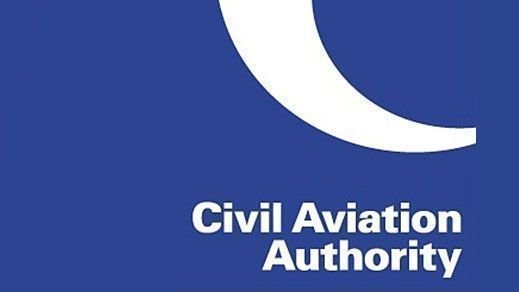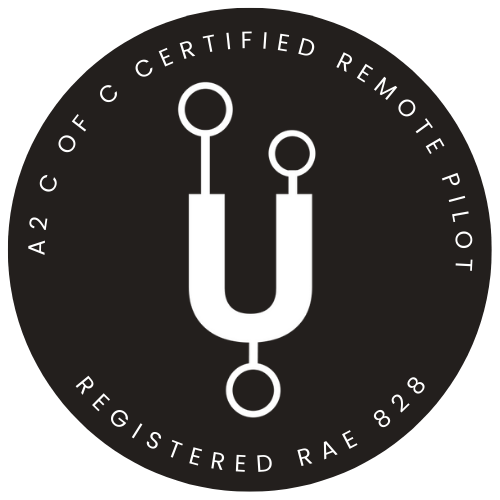What are ND Filters and How Do They Work in Drone Photography?
ND filters, or Neutral Density Filters, are an essential tool for photographers who want to take control of their images regardless of the lighting conditions. They work by blocking out some of the light that reaches your camera’s sensor, thereby allowing you to use a slower shutter speed or larger aperture without having an overly bright image. They are perfect for outdoor photography or landscape photography and can help to create stunning images with a more unique look. An ND filter can also be used to create intentional blurring or motion effects, as well as enable you to capture long exposures of the sky during the day.
ND filters come in different grades and strengths so it is important to know which one is appropriate for your situation. They are usually made from glass or resin, and come in a variety of shapes – from circular to rectangular.
These filters come in different “stops”, which is a measurement for how much light they block out. The higher the stop number, the darker the filter is and the more light it will block out. For example, a 3-stop ND filter would block out three times as much light as a 1-stop ND filter.
Using ND Filters in Drone Photography
ND filters can be used for many different photography applications such as reducing glare or reflections from water surfaces and darkening bright skies to add depth to your photographs. They also allow photographers to use longer shutter speeds to create motion blur or to capture dramatic long-exposure shots.
When using an ND filter, it is important to consider the amount of light reduction that you need for your particular scene and adjust your camera settings accordingly. If you use too much light reduction, then your image will be underexposed; if you use too little, then it will be overexposed.
When to use an nd filter on a drone?
An ND filter should be used when shooting video on a drone in order to reduce the amount of light entering the camera lens by blocking certain frequencies, or colours, of light. This can help reduce glare and overexposure caused by bright sunlight. An ND filter should also be used when shooting slow-motion footage with a drone as it will ensure that each frame is exposed ND filters can also help reduce the amount of flicker in video footage caused by varying light exposure. When using an ND filter on a drone, it is important to pay attention to the filter’s strength (e.g. 2-stop, 4-stop etc.) so as to not over-darken the video footage. Some drones also have built-in ND filters that can be adjusted via the camera’s settings.
ND filters are an essential tool for drone cinematography and can help create beautiful, professional video footage by controlling exposure levels and reducing glare. When used correctly, they can make a huge difference in the quality of your videos. Remember to pay close attention to the strength of your ND filter and adjust accordingly!
ND Filters Are Great For Drone Photography

ND filters are also great for drone photography, as they allow you to reduce the amount of light entering the camera and thus reduce the exposure time. This is especially beneficial when shooting in bright sunlight as it helps to avoid overexposure, resulting in a better-quality image.
There are various manufacturers producing ND filters for drones, they are available for a huge amount of entry-level and professional drones alike.
Here at Stratos Drones, we primarily use the DJI Mini 3 Pro drone coupled with the Freewell “Day Pack” ND filters. In the pack you get 6 filters ranging from ND4, through to an insane ND1000, the typical filters we would use here in the UK on a bright summer day would be the ND16 or ND32.





